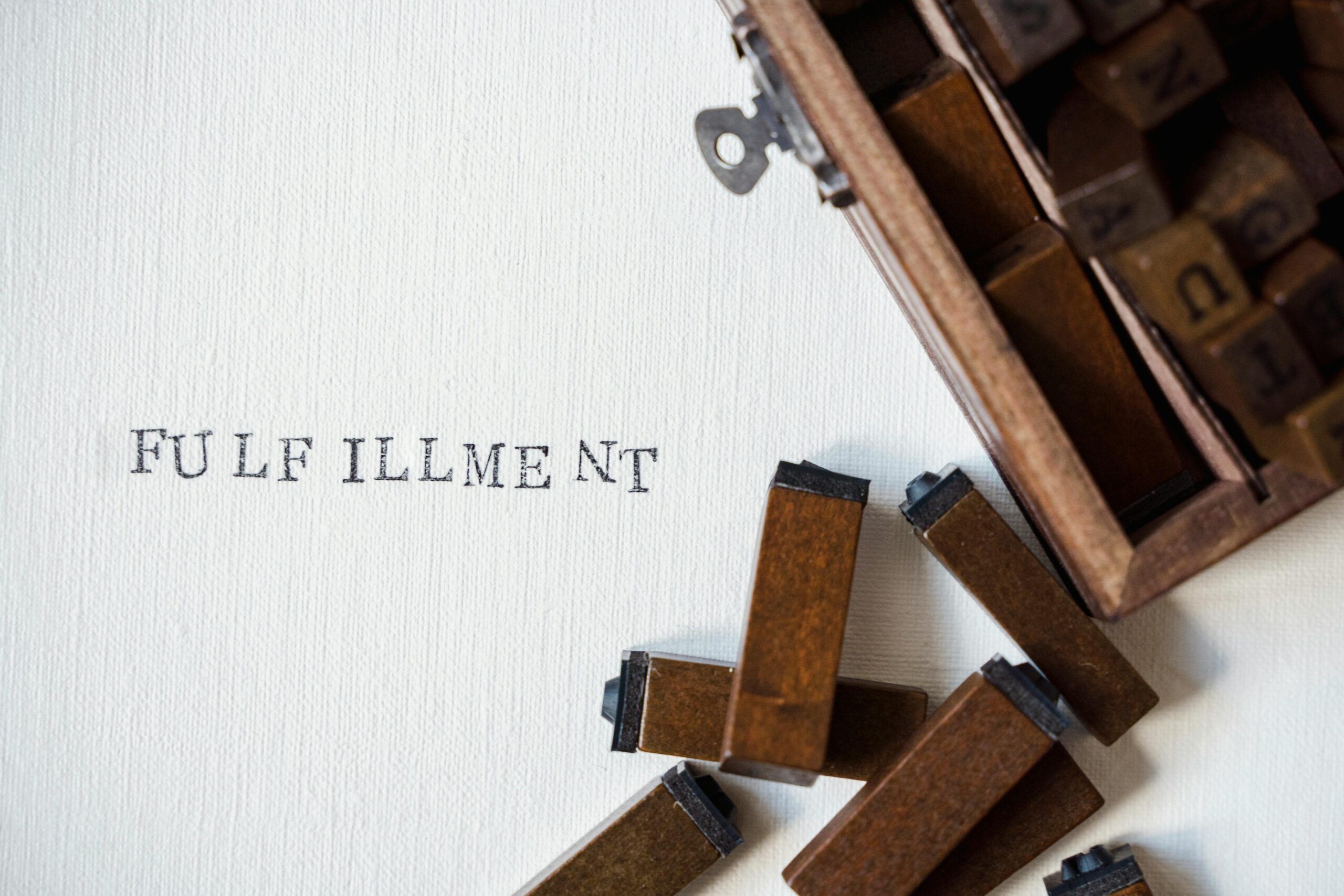In the digital age, greetings are no longer just formalities.
They’re loaded with intent , tone , and sometimes even hidden flirtation .
From dating apps to social media DMs — from professional LinkedIn messages to casual Instagram comments — how you say “hi” can define how the entire conversation unfolds.
So here’s the question:
Was that message polite… or was it flirting in disguise?
In this guide, we’ll explore:
- The blurred lines between politeness, friendliness, and flirtation
- How modern greetings carry emotional subtext
- Real-world examples of messages that landed well (and those that didn’t)
- And what psychology says about how we interpret tone
Let’s dive into how to decode the modern hello — and why context matters more than ever .
Why Greetings Carry More Weight Than You Think
We often underestimate how much our first message reveals about us.
A simple “Hi” can be:
- A sign of interest
- A test of comfort
- An invitation to connect
- Or a way to avoid sounding too eager
Psychological Insight: First Impressions Are Heard Before They’re Seen
According to research in Social Psychological and Personality Science , people form opinions within seconds of reading a message — based not just on content, but on tone, timing, and emotional clarity .
And since most conversations now start online — your greeting sets the stage for everything that follows.
Because in the world of digital interaction…
How you say something often matters more than what you say.
The 3 Faces of “Hello”: Polite, Friendly, or Flirty?
Here’s how different greetings land — and what they really mean.
Polite Hello – Respect Without Pressure
Polite greetings are respectful, formal, and often leave room for the other person to respond at their own pace.
Examples:
“Hey [Name], hope you’re doing well.”
“Saw your profile — wanted to introduce myself.”
“Thanks for the follow — nice to meet you.”
What It Means: I’m acknowledging you — without expecting anything back.
These are ideal for professional settings, new matches, or early-stage interactions where boundaries matter.
Friendly Hello – Warmth With No Hidden Agenda
Friendly greetings feel inviting, light, and conversational — but not romantic.
Examples:
“Hey there — long time no see!”
“I remember your name from earlier — hi again!”
“Your bio made me smile — wanted to say hi back.”
What It Means: I enjoy your presence — but I’m not pushing for more.
This tone works best among acquaintances, mutual followers, or group chat members — where familiarity already exists.
Flirty Hello – Subtle Teasing or Clear Interest
Flirtatious greetings hint at attraction — but don’t always make it obvious.
Examples:
“You have that rare kind of presence — makes me want to listen more than usual.”
“Are you always this interesting, or did you practice?”
“Your vibe feels like something I could get used to.”
What It Means: I like talking to you — and maybe I like you too.
Flirty greetings work when matched with the recipient’s energy — but can easily misfire if sent too soon or with mismatched tone.
How to Tell the Difference: Intent vs. Interpretation
It’s not always easy to tell whether a greeting is friendly, flirty, or formal — especially through text.
But here’s how to read between the lines.
1. Tone Over Text
The same phrase can sound different depending on how it’s delivered.
Pay attention to:
- Punctuation
- Emojis
- Sentence structure
- Use of slang or warmth
Because how someone says “hello” often tells you more than the word itself.
2. Context Matters More Than Words
Where the message came from changes its meaning.
Dating App:
“Hey.” = Boring or passive
“Your bio made me curious — wanted to say hi back.” = Engaging and intentional
Social Media:
“Hey beautiful.” = Generic and overused
“I appreciate your humor — and wanted to say hi before I lost my nerve.” = Thoughtful and warm
Context gives clues — and helps you avoid guessing games.
3. Energy Matching Is Key
If she’s witty — match her tone.
If he’s formal — keep it respectful.
If the vibe is playful — go ahead and tease.
Because the goal isn’t just to greet — it’s to align emotionally .
Real-Life Examples: When “Hi” Said More Than Just Hello
Let’s look at real greetings that sparked connection — and a few that confused things entirely.
Case Study 1: The Match Who Started With Curiosity
He said:
“Your bio made me curious — wanted to say hi back.”
She replied:
“Now I need to re-read my own bio — thanks for the ego boost.”
Why It Worked: He led with genuine curiosity — not pressure.
Case Study 2: The TikTok Comment That Felt Like a Pickup Line
A follower commented:
“You must be magic — because every time I see your posts, I forget what I was doing.”
She messaged him later — and their conversation turned into a relationship.
Why It Worked: It felt personal, not scripted.
Case Study 3: The Group Chat That Got Misread
Someone said:
“Long time no see — what’s up?”
Another member interpreted it as flirtation — when it was meant to be friendly.
💡 Why It Backfired: Lack of context + emotional projection can lead to confusion.
That’s why tone alone isn’t enough — you also need energy alignment .
How to Respond Based on What You Hear Between the Lines
Want to know how to reply — or when to walk away?
Here’s how to match energy without guessing.
If It Feels Polite:
Keep it open-ended — and let them set the tone. “Appreciate the message — what brought you here today?”
“Nice to meet you — I hope we can chat more soon.”
If It Feels Friendly:
Build rapport — and invite shared experience. “Love the energy — what made you reach out?”
“I recognize your name — good to finally talk.”
If It Feels Flirty:
Play along — but stay grounded. “That was bold — but I appreciate the effort.”
“I wasn’t going to flirt today… but clearly, I failed.”
Frequently Asked Questions (FAQ)
Q: Can a greeting be both flirty and polite?
A: Yes — and that’s the sweet spot. Example:
“Hope this isn’t too forward — but I genuinely enjoyed your post.”
Q: Should I flirt on the first message?
A: Only if you’re matching energy. Otherwise, start with curiosity — then build from there.
Q: What if I misread the tone?
A: Own it lightly. Example:
“Now I’m wondering if I assumed too much…”
Q: Do emojis change the tone of a greeting?
A: Absolutely — and often determine whether a message feels warm or robotic.
Q: Is it okay to ghost after a greeting?
A: Not ideal — but if the tone doesn’t match your comfort zone, it’s fair to step back.
Final Thoughts
Greetings aren’t just about starting a conversation — they’re about setting the tone for what comes next.
Because in modern communication, how you say “hello” shapes who responds — and how deeply they engage .
So next time you send a message — ask yourself:
“Is this clear? Is this kind? Does it match her energy?”
Because the goal isn’t just to say “hi”…
It’s to make sure the person on the other side wants to say it back.
And sometimes, the best way to impress someone isn’t with boldness — it’s with clarity, warmth, and emotional awareness .





